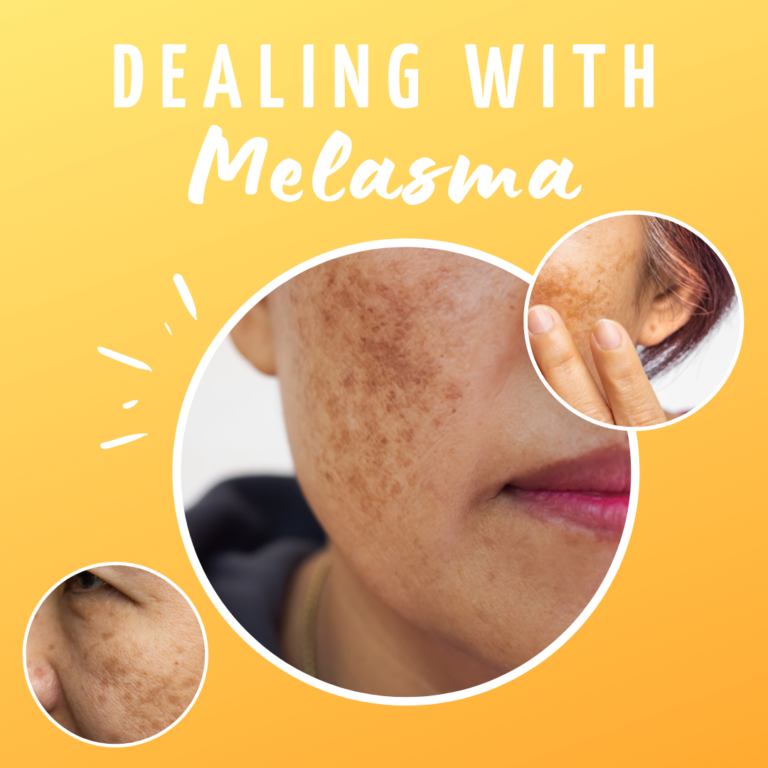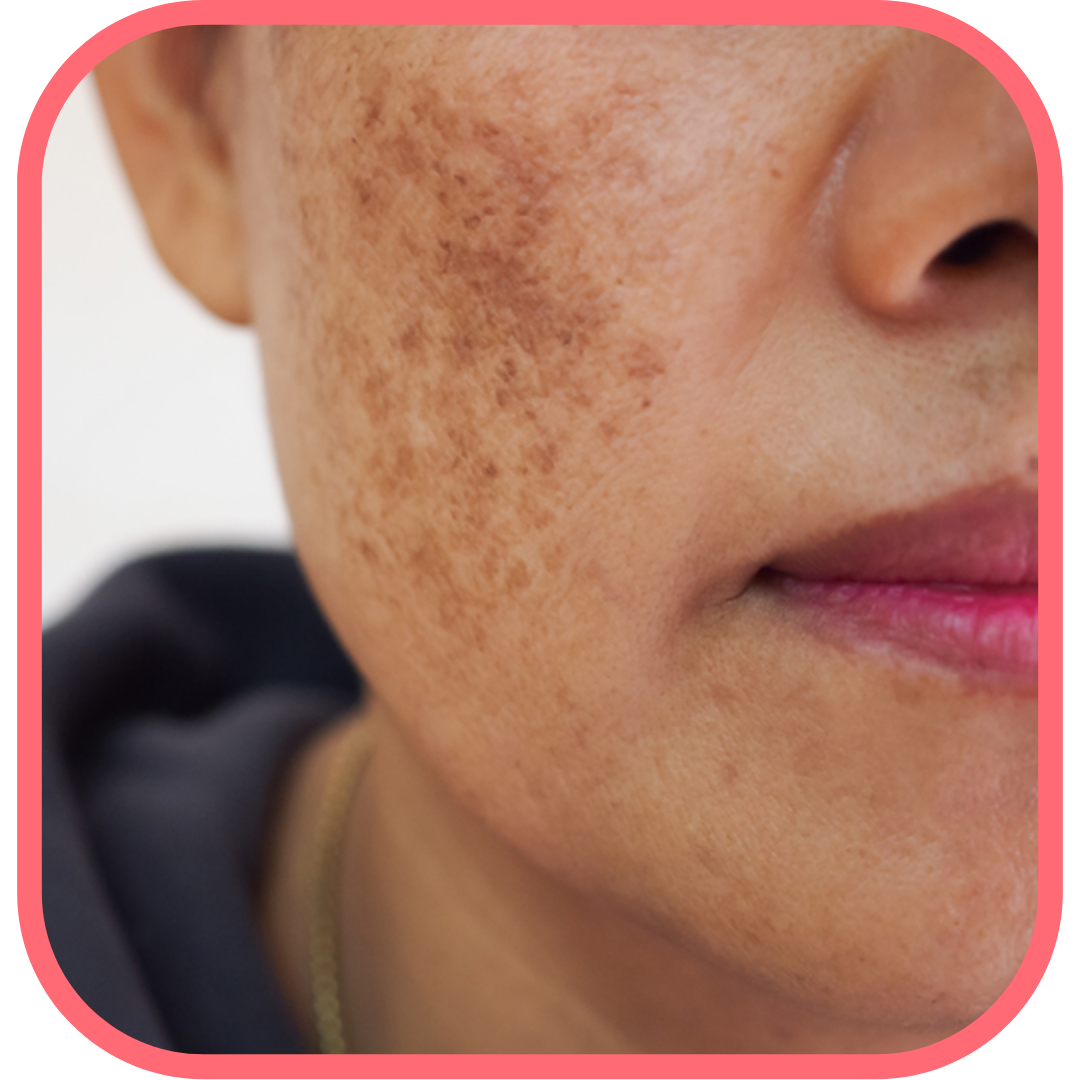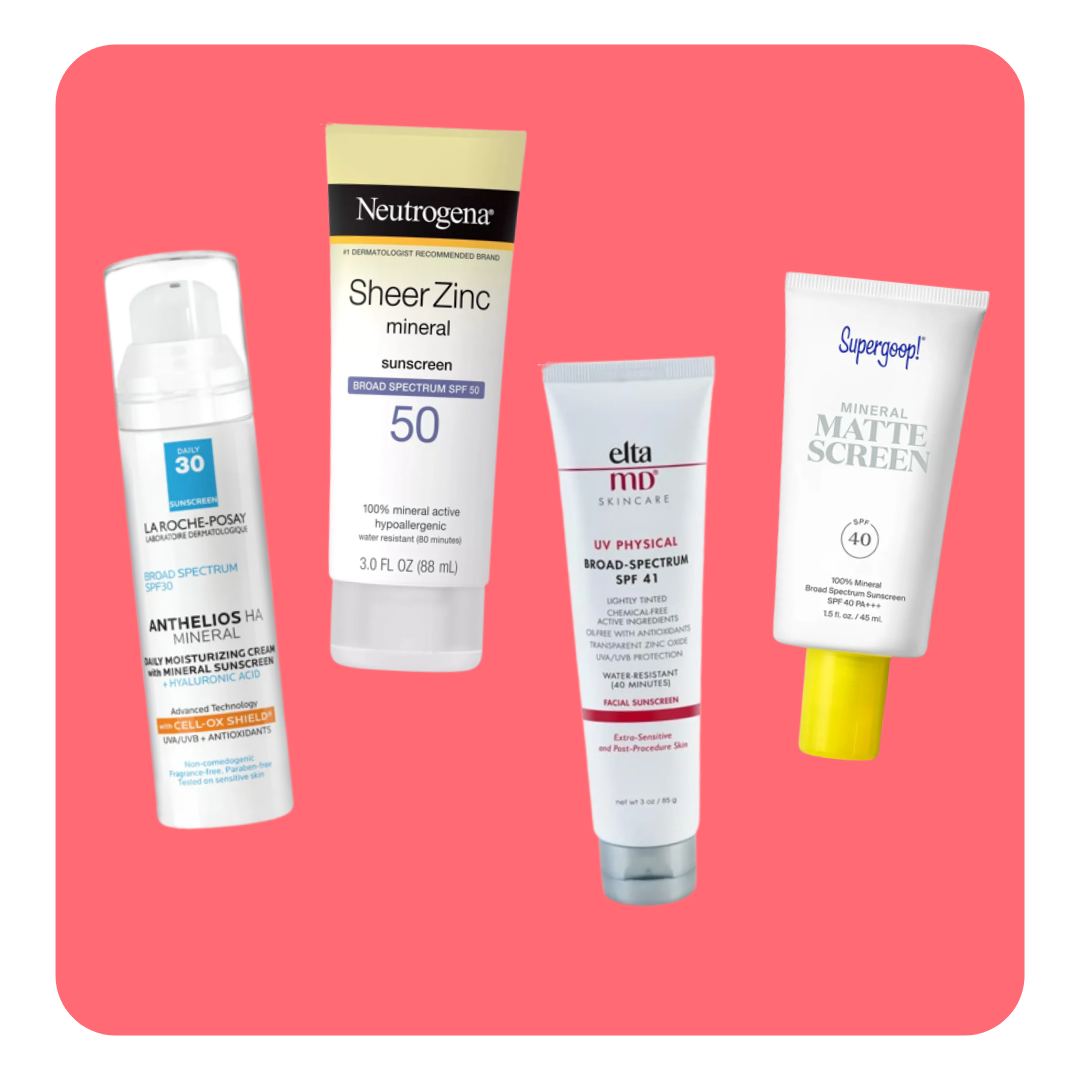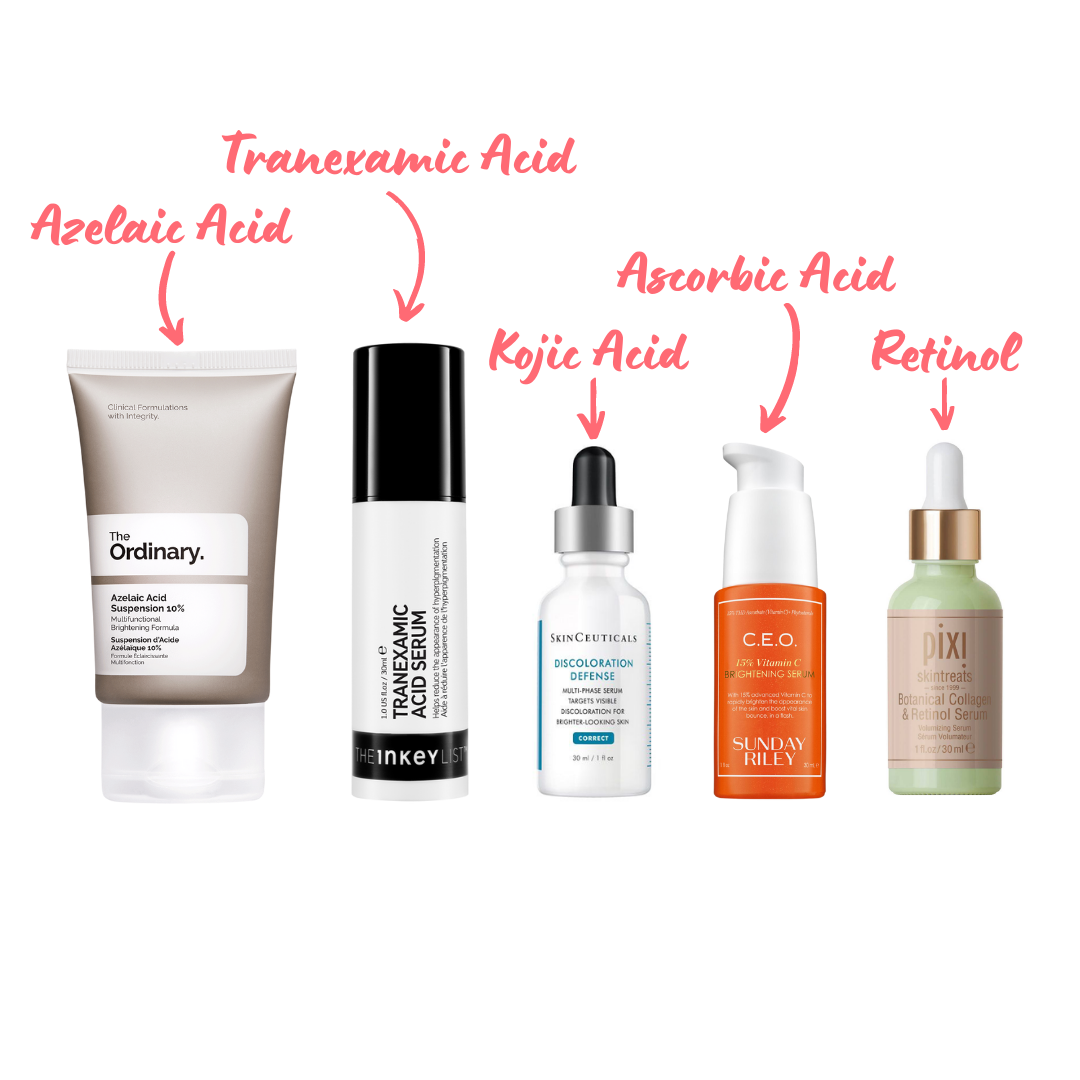Hyperpigmentation is a term that is used to describe skin that is discolored due to environmental stressors, acne scarring and inflammation from an eczema flare-up. It can occur anywhere on the face and anywhere on the body. Melasma which is a type of hyperpigmentation that is caused by multiple internal factors and more challenging to tackle. Let’s turn to our Picky Experts to hear their thoughts on the skin condition “melasma.”
Picky Expert Panel
 Dr. Meg | Doctor | @drmegsison
Dr. Meg | Doctor | @drmegsison
 Dr. Katrina | Board Certified Dermatologist | @askyourderma
Dr. Katrina | Board Certified Dermatologist | @askyourderma
 Dr. Beibei | Board Certified Dermatologist | @dermatology_demystified
Dr. Beibei | Board Certified Dermatologist | @dermatology_demystified
What causes melasma?
To be honest, the root cause of melasma isn’t fully understood. But what we can tell you is biologically active melanocytes, genetics, hormonal influences and ultraviolet light are at play.
![]() Dr. Katrina
Dr. Katrina
“Some identified precipitants, such as oral contraceptives and estrogen therapy, have shown to exacerbate melasma. Recent studies identified increased vascularity and vascular growth factors in the outermost layer of skin of patients with melasma.”
![]() Dr. Beibei
Dr. Beibei
“It is thought a combination of hormones and UV lead to over-activity of pigment producing cells in the skin.”
Melasma vs hyperpigmentation
Hyperpigmentation is more of an umbrella term for different conditions with dark spots fall under. Even though they may seem quite similar, melasma is actually an acquired disorder of hyperpigmentation. Differing from other forms of hyperpigmentation such as post-inflammatory hyperpigmentation (PIH) and sun spots. The main difference is that melasma is not related to sun-exposure or an inflammatory reaction but actually linked to genetic and hormonal influences.
![]() Dr.Meg
Dr.Meg
“PIH is a reactive process that results from increased melanin or abnormal distribution of melanin due to issues such as acne or injuries.”
![]() Dr. Katrina
Dr. Katrina
“Another difference is that melasma tends to be a bit more challenging to treat compared to other types of hyperpigmentation.”
Can you prevent melasma?
The best course of action is lather on that broad-spectrum sunscreen with SPF of AT LEAST 30! And not just any sunscreen, but a physical one. Physical sunscreens have the ability to not only block the sun’s rays but also visible light and heat. And for those with melasma, it’s a good idea to re-apply sunscreen every 2-3 hours!
![]() Dr. Katrina
Dr. Katrina
“Aside from sunscreen, patients can also add an antioxidant to their skincare regimen. Good choices would include L-ascorbic acid, ferulic acid (this I particularly love), niacinamide or vitamin E.”
![]() Dr. Beibei
Dr. Beibei
“Sun protective behaviors to minimize UV exposure are very important for melasma prevention.”
![]() Dr. Meg
Dr. Meg
“Tinted sunscreens with iron oxide are great options and shown to protect against visible light and improve the melasma area.”
What can help with this skin condition?
First off, having a consultation with your board certified dermatologist is a great way to start with helping to assess and understand the skin concern more fully. Prescription products like tretinoin and hydroquinone, used under supervision, are typically considered to be the most effective. Azelaic Acid, with a 20% concentration, can also be useful for pigmentation! Other ingredients include tranexamic acid, kojic acid, ascorbic acid and retinoids.
![]() Dr. Katrina
Dr. Katrina
“Some ingredients that can be helpful for melasma, we can recommend retinoids, kojic acid, arbutin, azelaic acid and L-ascorbic acid.”
![]() Dr. Beibei
Dr. Beibei
“In terms of OTC products, azelaic acid, alpha arbutin, vitamin C and retinoids are helpful. Dr. Same Bunting’s Brightly Serum packs a punch all-in-one product!”
![]() Dr. Meg
Dr. Meg
“Other treatment options could include topical ascorbic acid, azelaic acid, kojic acid, cysteamine, retinoids, arbutin, licorice, niacinamide, methimazole and tranexamic acid.”
What are some clinical treatments that can help?
When it comes to clinical treatment, you can split it into two types! One being oral medications and the other procedures. Oral tranexamic acid has actually been found to block the interaction of melanocytes and skin cells which inhibits the transfer of melanin. For procedures, chemical peels and lasers can be a viable option. Chemical peels help to speed up the skin cell renewal, therefore removing that melanin. A combination of both can definitely show good results!
![]() Dr. Beibei
Dr. Beibei
“I recommend a skincare/prescription drug approach, as opposed to lasers or any other clinic-based treatment.”
![]() Dr. Meg
Dr. Meg
“Chemical peels, such as glycolic acid, lactic acid, salicylic acid and more. Take note that these are more effective for epidermal types of melasma. Management of melasma involves combining several treatment modalities for the best results.”
Be Picky
Whatever your skin concern is, Picky is here to help! Along with our Experts, skinformation and skincare science. Or maybe you want to find some solidarity with others who face the same concerns you do, well the Picky community is full of diverse skincare enthusiasts that are welcoming and warm. Make sure to check out the Picky app to get the most out of your skincare journey! Don’t forget to follow us on Instagram and check out our YouTube channel for more skincare science content!






















2 Responses
I’ve been having issues
with hyperpigmentation / melasma , I’m also have a problem with pigmentation left by psoriasis , I have been using , Vitamin c , Kojic acid soap, and sunscreen , I’ve
also used Hydroquinone in the pass , I like the results , but my hyperpigmentation on the body is harder to treat .
Thank you for this collaboration and publication! I’m still a little confused on how I can tell the difference, but understand that my dermatologist has the ability to easily diagnose the 2, and help me to understand which,(or both) I’m dealing with. It’s interesting to learn that hyperpigmentation is more of an umbrella term, but that melasma still falls underneath of that umbrella. I had always assumed they were 2 very different issues, I’m not sure why. Very informative, thank you!